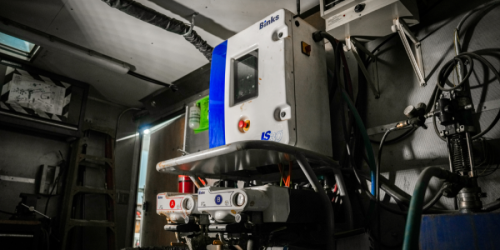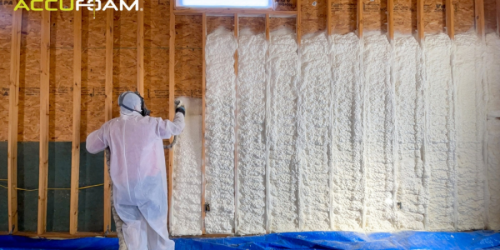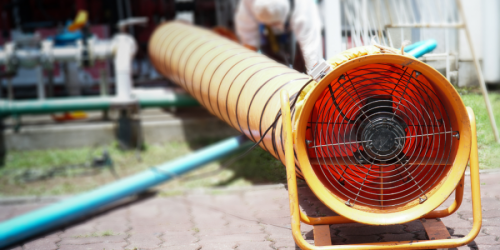Q&A Forums
Very technical question Post New Topic | Post Reply
| Author | Comments |
|---|---|
|
Luke Kujacznski
Posted: Aug 02, 2007 01:41 PM
|
Very technical question
I will start with a simple one. At what thickness is SPF a air barrier and at what thickness will it perform as an air barrier? Ok the big one. At say 1.5inches foam is an air barrier and not a vapor barrier how to you classify the vapors that are passing through the foam? wouldn't that be considered air since moisture plus air can be a vapor? Did that make sense? If not ask and I can try to clarify.Luke |
|
mason
Posted: Aug 02, 2007 02:10 PM
|
Sprayfoam like all building materials allow a certain amount of water vapor to pass through it. In the past, building codes defined a vapor barrier as any material that had a total permeance of 1.0 or less. Under that definition, closed cell SPF with a permeance of 1.5-3 per inch at 2-3 inches was a vapor barrier. But, that doesn't really tell you the whole story. In some cases you require an additional vapor retarder and in some cases you don't. Building scientists tell us that in order to be sure, you should perform a hygrothermal modeling analysis on the proposed design to determine if condensaton would occur and if it occurs, is it a problem. In practical experience and confirmed by hygrothermal analysis, closed cell sprayfoam at 1- to 3 inches (thicker applications required in colder climates) can be used without an additional vapor barrier in the climate zones of the continental United States. However, if there is a constant vapor drive in one direction (called a thermal gradient), even the closed cell foam requires and additional vapor barrier. Conditions like this occur in cold storage applications, natatoriums (swimming pools), high humidity enviroments such as mushroom farms, and more. The vapor retarder is placed directly on the foam on the warm side. Open cell foam has a higher perm rating and it can be used in mixed and hot clmates without a vapor retarder, but in cold climates (like Minnesota, northern Michigan, Montana, etc) required an additional vapor retarder. Typically it is a spray-on coating. A good source for more specific information on vapor retarders is available at BuildingScience.com |





























